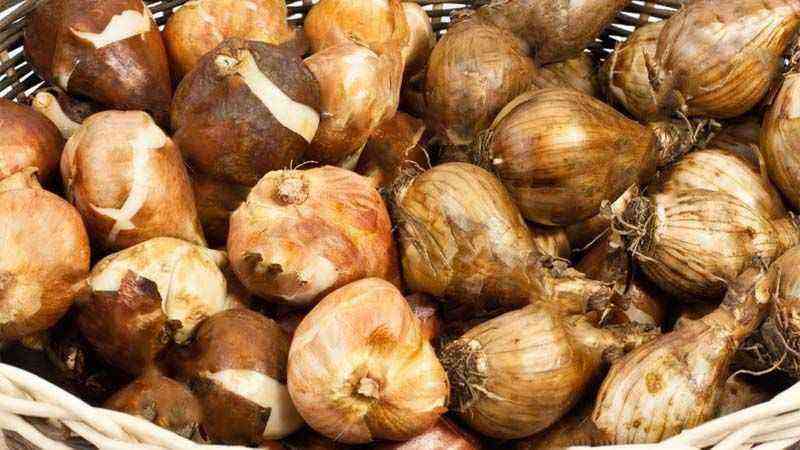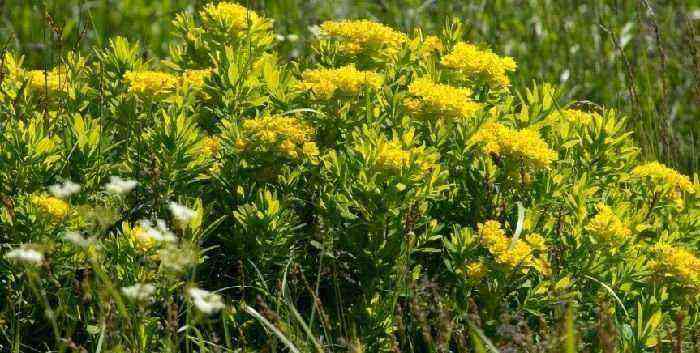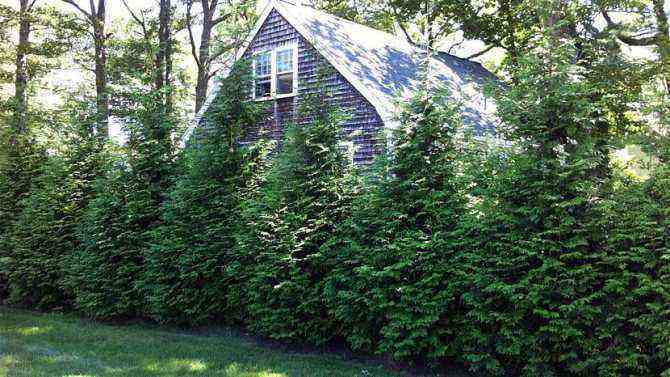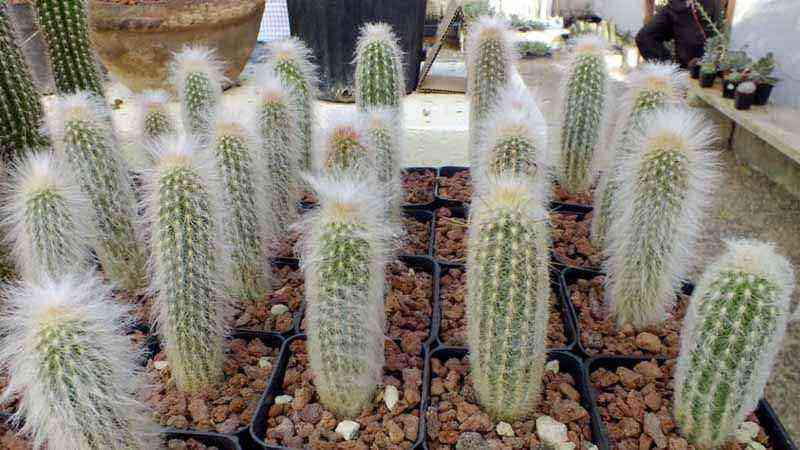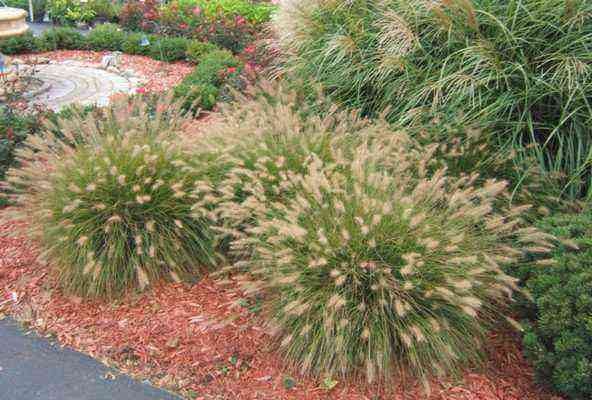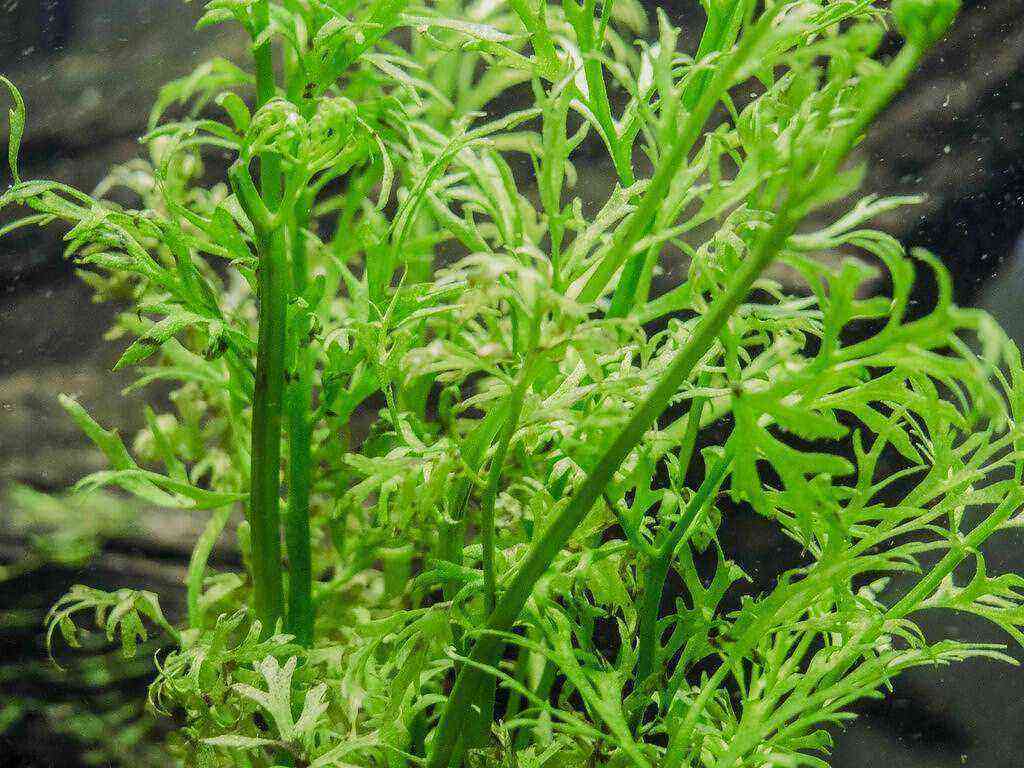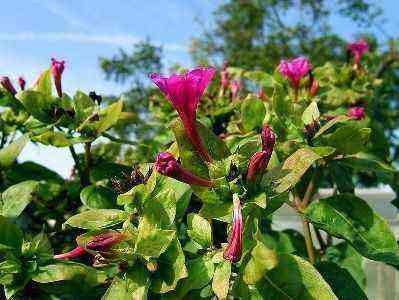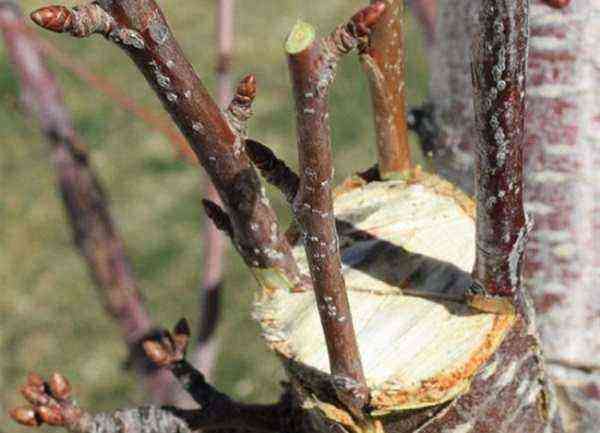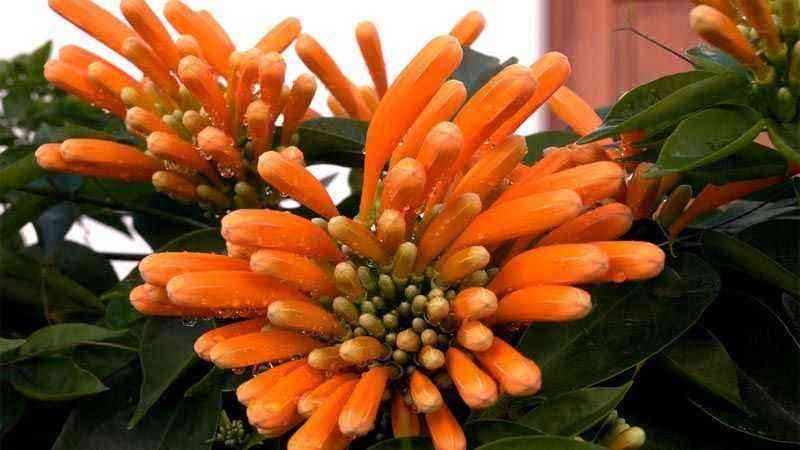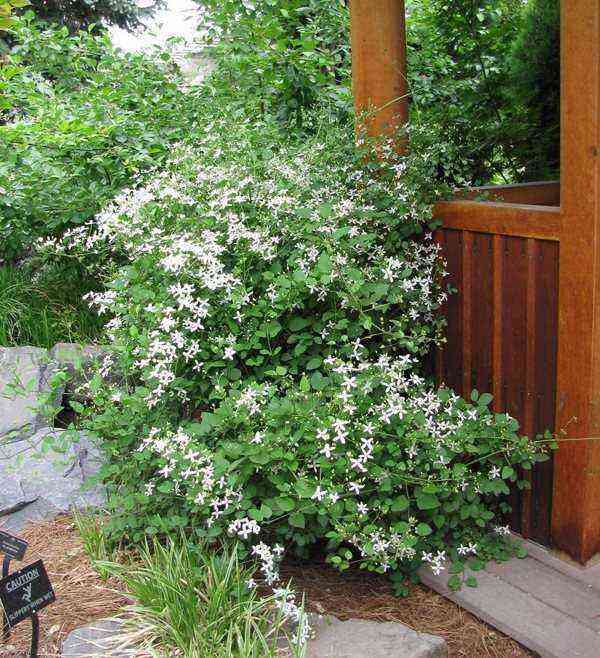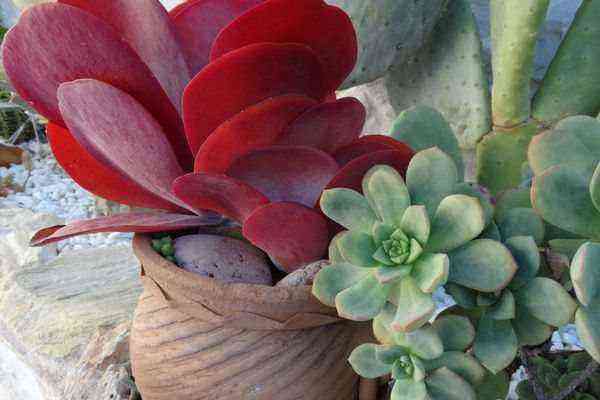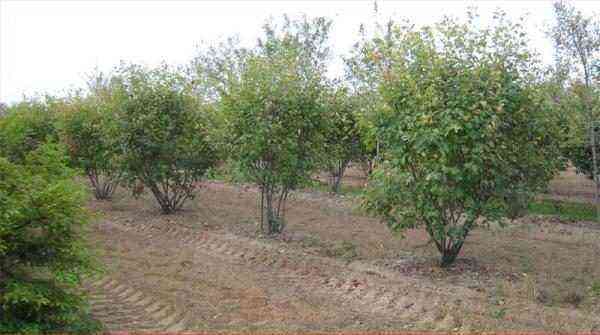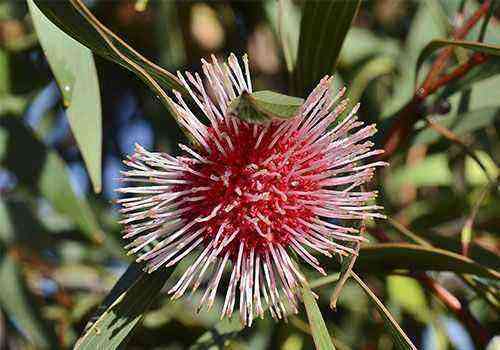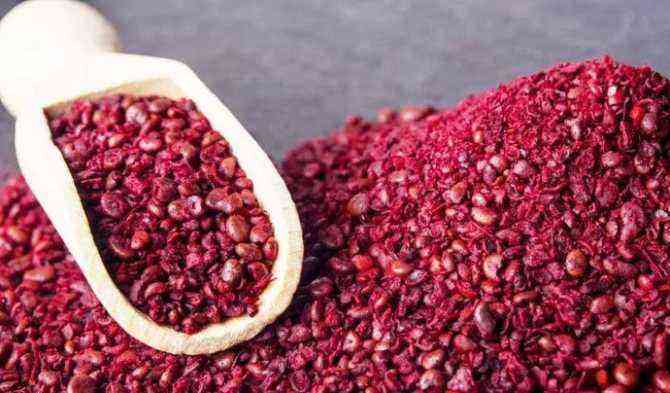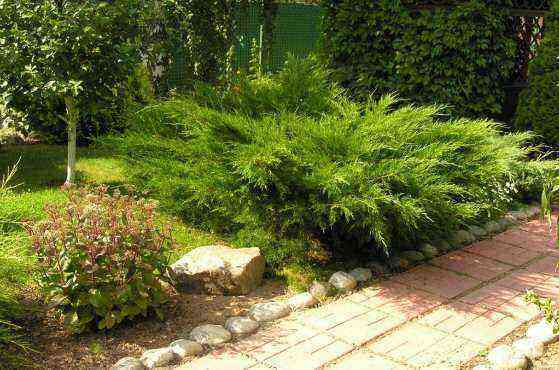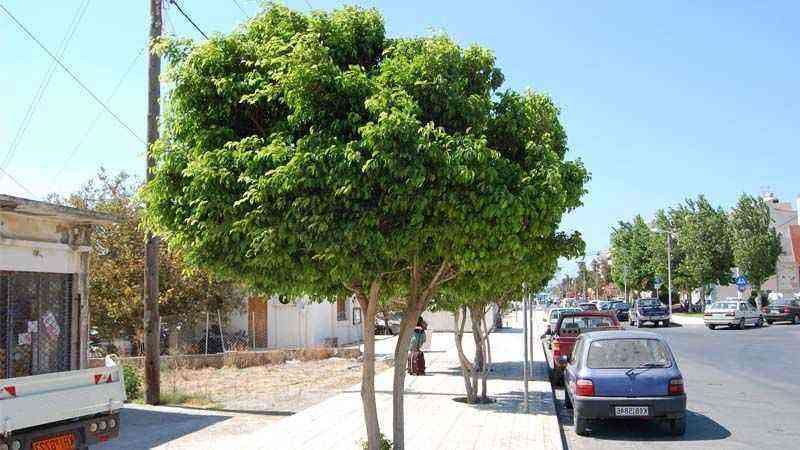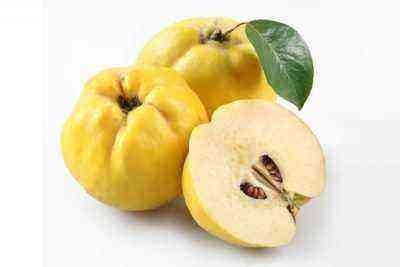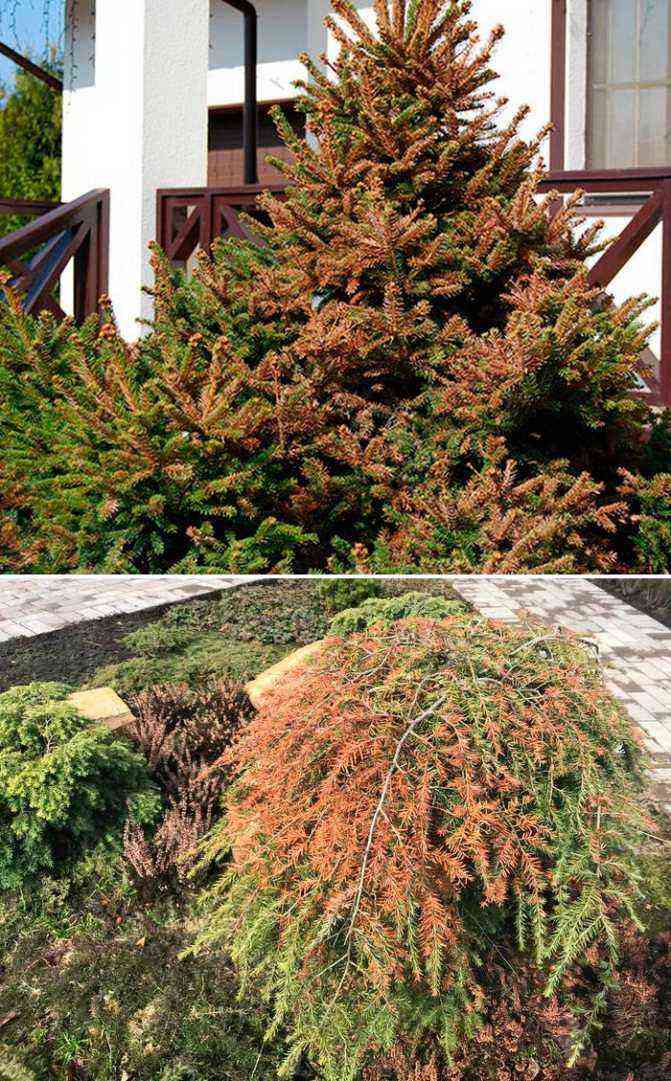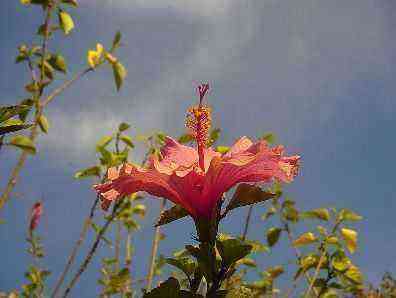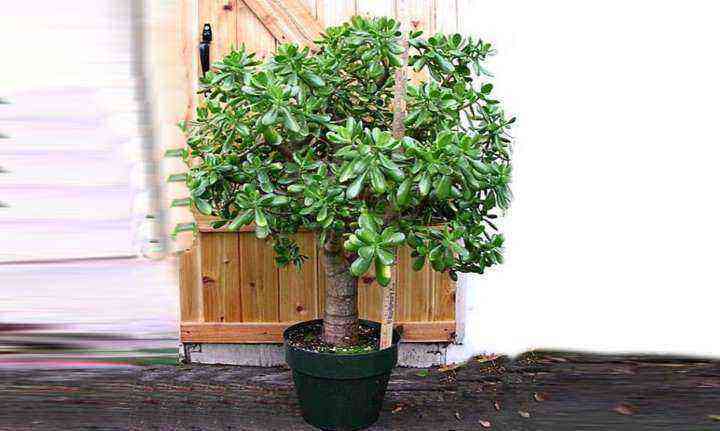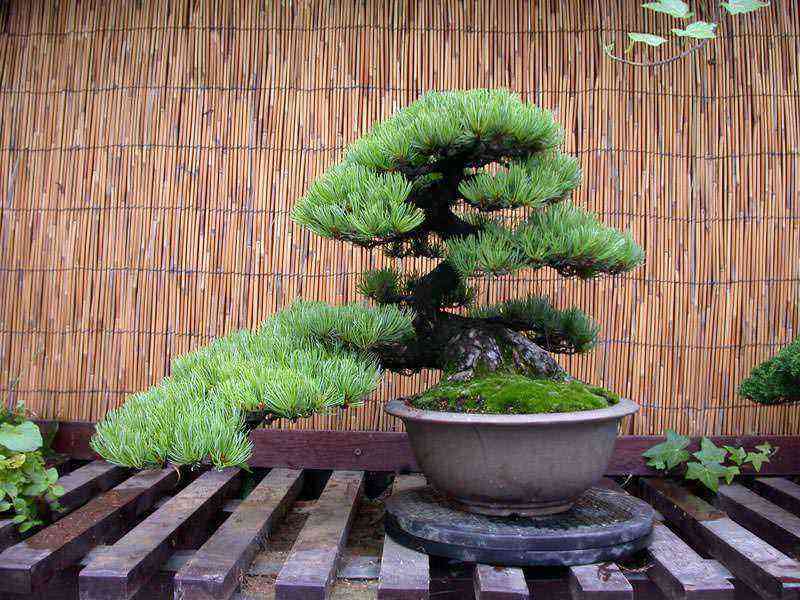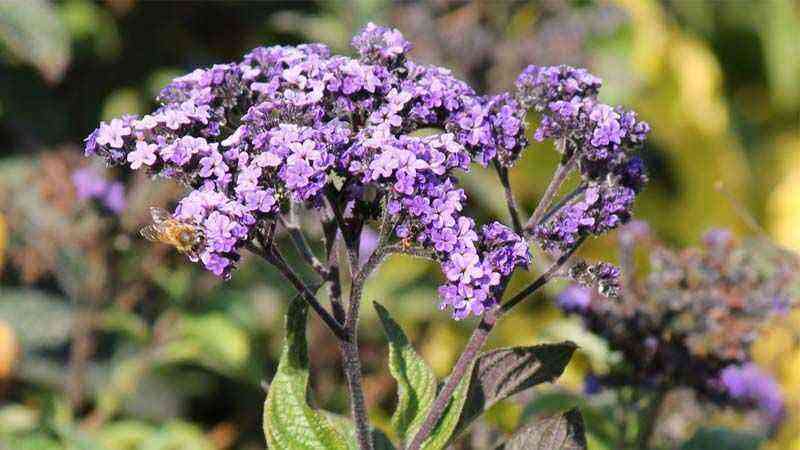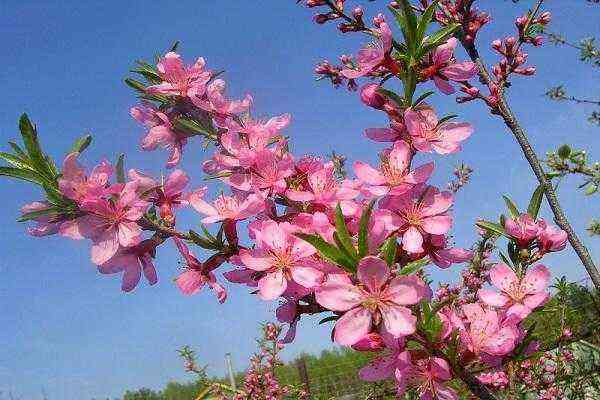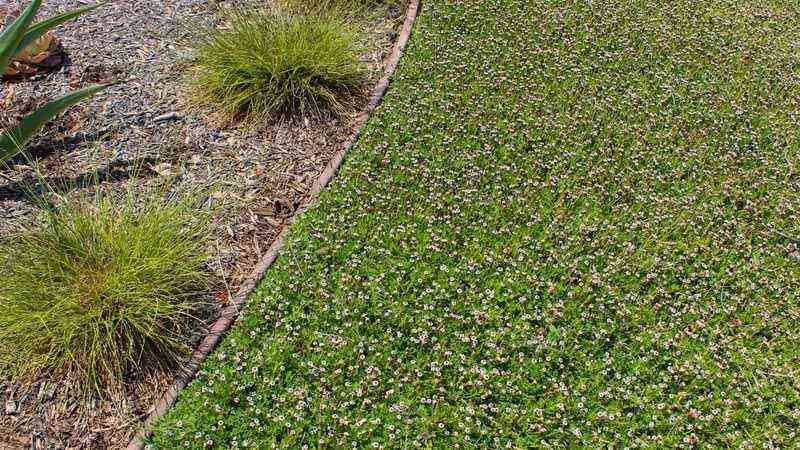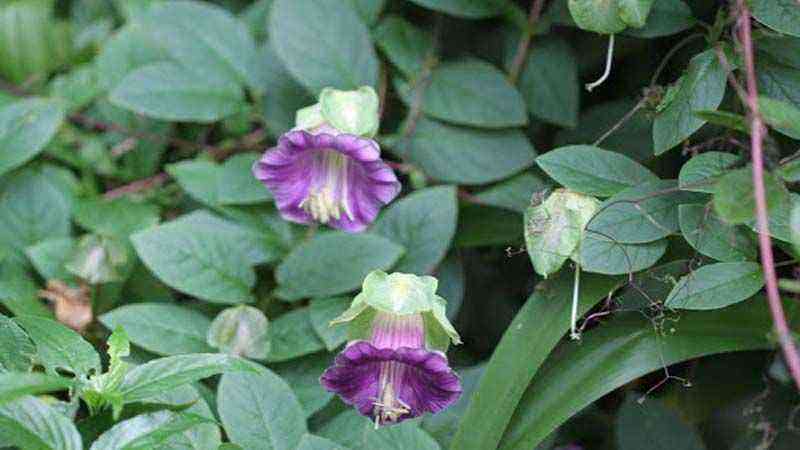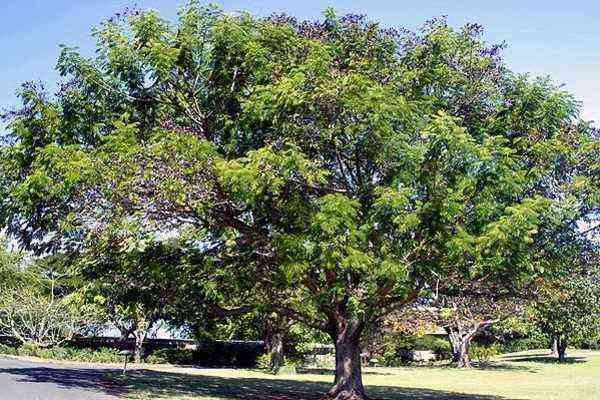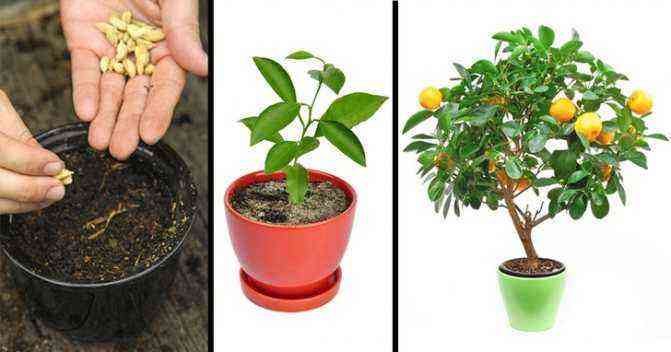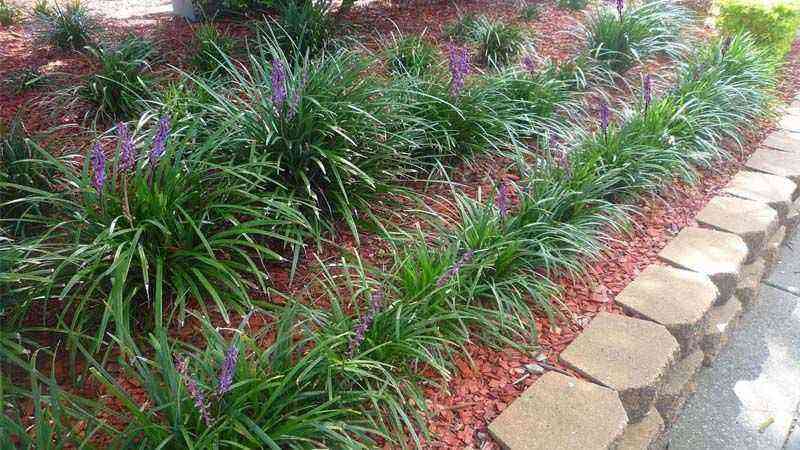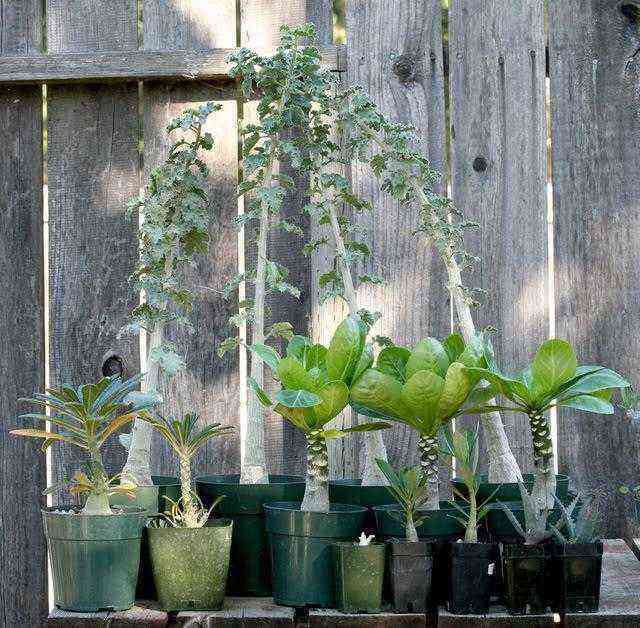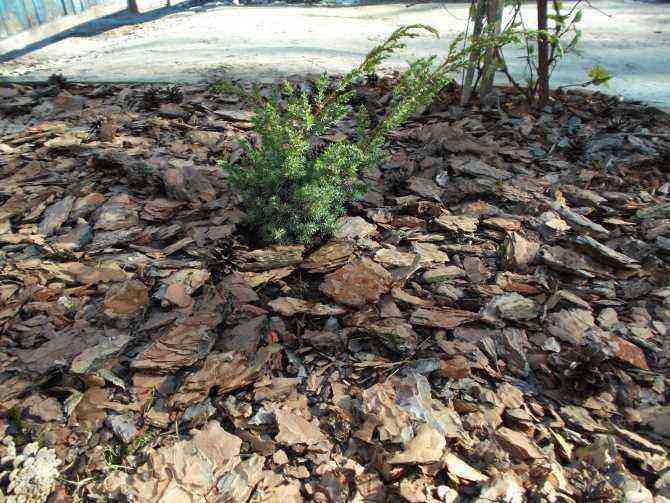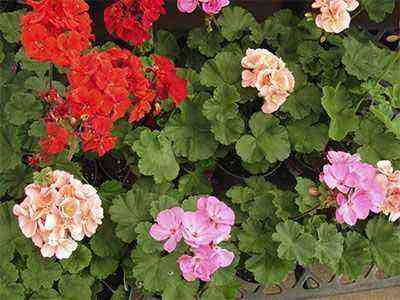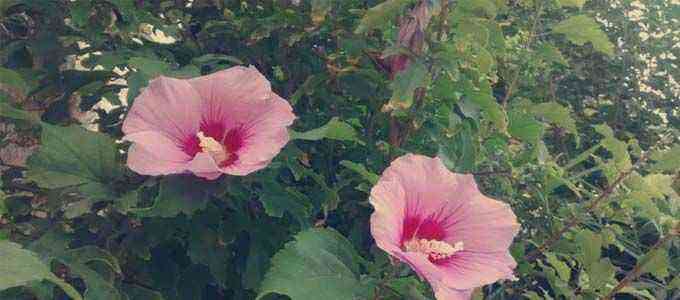Today we discover the keys to narcissus. Dress up your garden with this magnificent flower that is a unique symbol of spring (although there are some species that bloom in autumn).
You will get lost in its innumerable catalog of groups, species and varieties, so we recommend that you find out what the narcissus of your life is going to be.
Let’s get to know the daffodil a little
Unlike many of the flowers that we talk about that always or almost always have remote origins and have been adapted, the narcissus is one of those flowers that belongs to us by right and origin.
It occurs in more places (there are native varieties of Central Asia and China) although its origin is considered European and the Mediterranean area more specifically.
When we talk about bulbous garden plants, the narcissus is together with the tulip, one of the first that comes to mind and is that it is a reference.
The narcissus has been intensively cultivated for almost 200 years, having achieved the infinity of types and varieties that we currently have.
If we talk about colors, the most popular daffodil It is the yellow one, although due to hybridizations and crosses that have had throughout history, we can find colors, white, cream, orange, pink, etc.
If we talk about heights, we have them from a few cm (around 10) to varieties that raise more than 50 cm from the ground.
Due to this almost infinite variety, it has been necessary to draw up a classification by groups according to the shape and size of the flower, in order to make a first classification.
| Group | Name | Description |
|---|---|---|
| 1 | TRUMPET | The trumpet is at least as long as the tepals and there is one flower for each stem |
| 2 | LARGE CROWN | The calyx is shorter, but is at least a third the length of the tepals. One flower for each stem. |
| 3 | SMALL CHALICE | The length of the calyx is less than a third of the length of the tepals; there is usually one flower per stem. |
| 4 | DOUBLE | Double or semi-double flowers individual or in small groups. It is possible that the entire flower is double or that only the calyx is. |
| 5 | TRIANDRUS | Between two and six flowers per size with reflective petals (they are usually turned back). |
| 6 | CYCLAMINEUS | Slightly pendulous flowers with long trumpets and clearly reflective petals. They normally have one flower per stem |
| 7 | JONQUILLA | Several flowers per stem. It usually has flat petals and small cups turned outwards. They have a very sweet aroma |
| 8 | TAZETTA | Very aromatic flowers in groups of 10 or more (even 20) per stem in those with a small crown and no more than 4 in those with a large crown. It is early flowering. |
| 9 | POETICUS | Small red or orange calyx and wide, flat, white petals. It is usually one or two flowers per stem. It also has an intense fragrance. It is late blooming |
| 10 | WILD | A very varied group in which, as is evident, all the species found in the wild are found. |
| 11 | CHALICE PARTY | The calyx is divided to varying degrees, from at least one-third to one-half its length. |
| 12 | VARIOUS | Hybrids that cannot be included in any of the above classifications. |
Daffodil growing conditions
In general, they are ideal for growing in flowerbeds and flowerpots, but they can also be grown in the garden soil. Let’s see what you need.
Temperatures
You may think that because the flower is so delicate, the narcissus needs warm climates. In fact, mild temperatures are better but it is a semi-resistant plant to cold. It does not withstand very very low temperatures but for temperate climates it develops without major problems.
Exhibition
It should be a sunny exposure, although in hot climates it is better to have it in semi-shade because the sun in those areas punishes the narcissus too much if it is exposed all day.
Land
If it is grown in flowerpots or planters we will have no problem because we will choose the type of soil. It needs drainage, relatively constant but not high humidity, and good nutrition. The ideal is to have prepared the soil with very decomposed compost or mulch to enrich it.
Irrigation
Although the bulb requires a relatively constant humidityIf we go too far, no matter how little it is, we cross the line of the rotting of the bulb and we will ruin the plantation. To avoid possible flooding, check if the soil has good drainage.
If you know that it is clayey, you will have to do your best to fit it with river sand to get drainage. Irrigation is more appropriate more frequent but not very abundant as we have already commented many other times.
In any case, as the planting depth is average, about 10-15 cm, even if the surface dries, the soil at those levels will still maintain an adequate level of humidity.
Planting the bulbs
If you’ve never considered planting daffodils, you’re late. You will have to wait for the fall (September-October). It is time to plant this plant.
The sowing depth varies according to the type of narcissus and especially the size of the bulb. As a general rule, it is usually two to three times the diameter of the bulb, although if you buy them, you will have all the information of the variety you choose.
The neck of the bulb should be looking up at the time of planting. When planting the bulb, take a good look at its condition. If it’s soft or showing signs of rot, throw it out.
Useful Daffodil Care Tips
The daffodil should be left in the same place where it was planted (if the drainage is good) and the following year it will bloom again. Each year that passes they will come out in greater numbers and strengthened if the conditions are good.
If the variety is going to give a tall-stemmed daffodil, it is very possible that the first year or two you will have to give it a small support with a tutor (bamboo).
Since the flowering does not last long and you want to have some vase with freshly cut daffodil, you should cut the flower just when it starts to bloom or when the cocoon is half open. This way, the flower will last a little longer in the vase with frequent water changes.
You should cut the flowers when they start to wilt to prevent them from producing seed (it consumes many resources). The leaves can be left to lose naturally.
If you want to do bush divisionIt is advisable to do it from the third year of flowering.
Indoor cultivation can be forced and with the right conditions, we can have blooms at times of the year very different from natural ones (even at Christmas). But we leave that for another entry.
Some more popular varieties of daffodil
- Carlton
- February Gold
- Minnow
- Peeping Tom
- Thalia
- N. canaliculatus
- Cheerfulness
- Kinkg Alfred
- Irene Copeland
